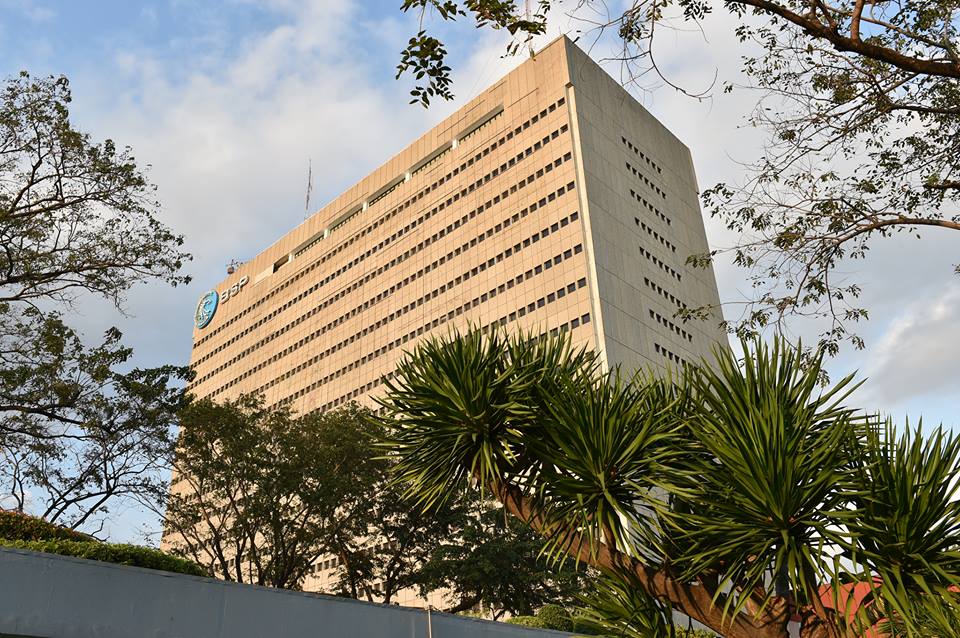Business and Economy
BSP sees uptick in February ’17 inflation to between 3.1, 3.9 %

The Bangko Sentral ng Pilipinas (BSP) forecasts inflation rate in February 2017 to increase to a range between 3.1 to 3.9 percent. (Photo: Bangko Sentral ng Pilipinas/ Facebook)
MANILA—The Bangko Sentral ng Pilipinas (BSP) forecasts inflation rate in February 2017 to increase to a range between 3.1 to 3.9 percent.
This range is higher than the 2.7 percent print last January.
“The increase in domestic petroleum prices, jeepney and taxi fares, and electricity rates of Meralco-serviced areas could exert upside pressures to inflation during the month,” BSP Governor Amando Tetangco Jr. said in a text message to reporters Monday.
Manila Electric Company (Meralco) hiked the rate for a typical household consumer by PHP O. 92 per kilowatt hour (kWh) in the second month this year.
This increased the seven-year low rate of PHP8.09 per kilowatt hour for average households to Php 9 per kWh.
Despite this, the central bank chief pointed out that “the uptick in the projected inflation is seen to be temporary as upside pressures are largely supply-side in nature.”
“Moving forward, the BSP will continue to monitor closely emerging price conditions to ensure price stability conducive to a balanced and sustainable economic growth,” he added.
Monetary officials have repeatedly pointed to expectations of sustained rise of inflation this year but expect the level not to exceed the government’s two to four percent target until 2020.
Last Feb. 9, the central bank’s policy making Monetary Board (MB) hiked the central bank’s inflation forecasts for 2017 and 2018 after noting the risks from oil price increases and weaker peso, among others.
The latest 2017 inflation forecast is 3.5 percent while next year’s figure is 3.1 percent.
These are higher than the 3.3 percent and three percent forecasts for 2017 and 2018, respectively, set during the Board’s meeting in December 2016.
Another factor to the Board’s decision to hike inflation forecasts for the two-year period is the increase in minimum wage in June 2016.
Inflation went up back to within target levels starting in September 2016 when it rose to 2.3 percent from the previous month’s 1.8 percent as oil prices continue to climb.
Monetary officials said risks to inflation outlook was titled on the upside due to increase of utility rates as well as impact of the government’s tax reform program, which fiscal officials hope to be approved by lawmakers in the second half of the year.





















